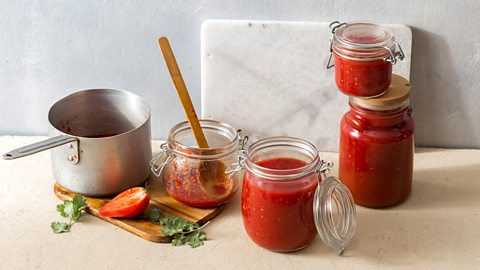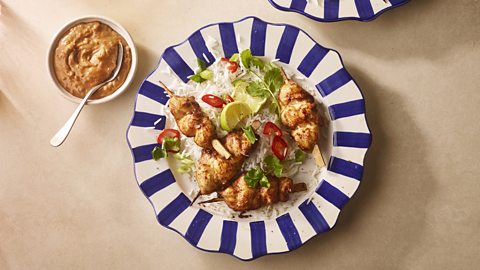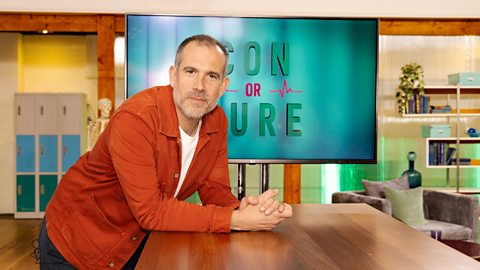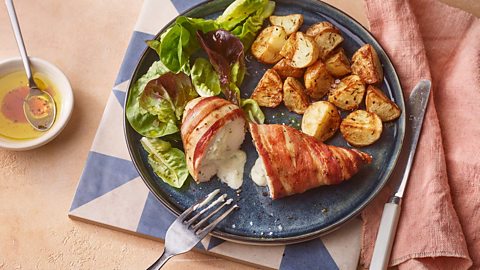How to eat to avoid blood sugar spikes
Glucose monitoring is all the rage, but do you need to cut out certain foods if they cause blood sugar spikes?
By Priya Tew
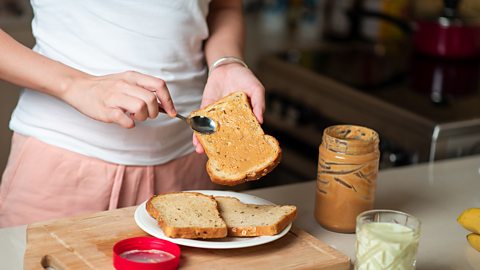
Tracking blood sugars and glucose spikes has become the latest diet trend.
With glucose monitors now readily available, people are learning which types of ingredients can lead to their glucose levels quickly increasing. In turn, people are cutting out ingredients from their diet to stop these spikes. But is this necessary? I’m a dietitian, here’s everything you need to know.
Are glucose spikes bad for us?
It’s perfectly normal for blood sugars to increase after eating food. This is what is meant to happen. Different foods may have a different impact, but this does not mean we have to avoid foods that causes a large increase or ‘spike’. The body has an inbuilt system to deal with blood sugar increases which mean we don’t need to cut out foods and food groups.
That said, if you have too many large, fast increases in blood sugars, it can affect your energy, mood, hunger levels and health over time.
If these spikes happen too often, it can lead to insulin resistance. This is where your muscle, fat and liver cells can become more resistant to insulin. The result is that glucose is not moved as efficiently from your blood into your cells. The body responds by producing more insulin.
Over time, if your blood glucose levels remain too high, this can predispose you to pre-diabetes.
Larger and faster increases in blood sugars lead to them coming crashing down soon afterwards – like a blood glucose mountain. This can leave you feeling tired, grumpy and hungry - so you eat again, often something that spikes your blood sugars, leading to a rollercoaster that can continue all day.
This is why it is good to be aware of the impact of foods on your blood sugars, while at the same time recognising that your levels are not just affected by what you eat. They can also be impacted by stress, your sleep patterns, illness, physical activity and hormone levels too.
So, instead of tracking your blood sugars, you can use nutrition science to help your blood sugars stay more consistent over the day.
Salmon and fragrant lentils
This recipe of mine is a good example of a dish that will help keep your blood sugar levels from ‘spiking’
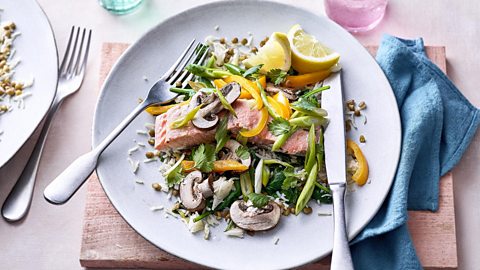
Why are people cutting out carbohydrates?
A lot of the focus on social media has been on reducing – or cutting out – carbohydrates. That’s because when eaten, carbs are broken down into glucose which then enters your bloodstream, causing your blood glucose, or blood sugar levels, to rise.
When this happens, your pancreas releases the hormone insulin, which moves glucose from your blood into your cells so it can be used for energy and your blood sugars then decrease back down again. Our bodies are adept at dealing with these spikes and there are also ways to blunt them.
Related stories
Recognising high and low glycaemic index foods
The glycaemic index (GI) is a measure of how much a food impacts blood sugars. Honey is given the value 100 and all foods are compared to this.
Foods that are higher in refined carbohydrates tend to have a higher number, causing a larger, faster rise in blood sugars. Some examples are white baguettes, white potatoes, white bread and fizzy drinks.
On the other hand, complex carbs including beans, nuts and bran cereals are low GI. these foods have plenty of fibre in them which makes them slower to digest and slower for the glucose to enter the bloodstream, resulting in a slower, more consistent rise in blood sugars that helps maintain energy levels, fullness, mood and even concentration.
Tuna bean salad
This low-GI dish is full of flavour and incorporates carbs, protein and fats

Food pairing can reduce glucose spikes
So, does this mean you should only base your meals on low GI foods? No, because this would not lead to a balanced and nutritious diet and you’d most likely cut some of the foods you love out of your diet.
Instead, use it as a guideline on how to mix foods that cause higher increases in blood sugars with foods that complement and lower the impact. For example, adding protein-rich, fibre-rich, or fat-rich foods to a high GI food will help blunt the impact.
High-fibre foods are slow to digest and so are slow to increase those blood sugars. Similarly, foods that are higher in fat take longer to digest because the food stays in your stomach for longer and so there is a slower rise in blood sugars.
Protein has a similar effect as it helps slow down the digestion of carbohydrates which can moderate the rise in blood sugars. Adding these food groups to a meal will therefore help even out the impact on blood sugars.
If your meal is balanced and contains carbohydrates, protein and fibre-rich plant foods, plus some fats, you can see how this helps balance your blood sugar.
What to eat to reduce blood sugar spikes
Here are some examples of ways you can mix foods to stop your blood sugars from spiking.
Breakfast
White toast on its own will give a fast rise in blood sugars. Add an egg (protein and fat) with margarine or butter on your toast (fat) and some spinach for balance and you’ve a meal that should keep you full through the morning.
More of a cereal fan? Well, cereals such as cornflakes are high GI, so choose a wholegrain version instead, or add nuts to a smaller portion of your cornflakes to add some fibre, protein and fats. Peanuts have specifically been shown to help reduce glucose increases and help with fullness.
Lunch
If opting for a sandwich, choose a granary bread which is low GI and then add some protein, such as tuna, with fibre from salad vegetables. This will sustain your blood sugars for longer.
You can also add fibre and protein-rich beans to a salad to reduce the blood glucose increase or simply try beans on toast.
Tuscan beans on sourdough toast
Beans on toast is a great option and you can make the beans yourself
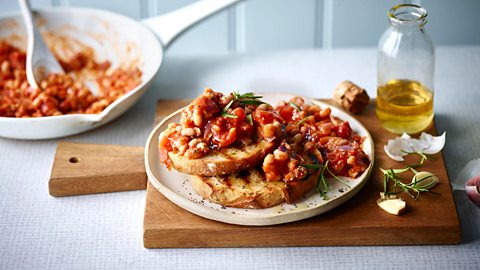
Dinner
For your evening meal, adding beans and pulses into a dish helps bring the glycaemic impact down. For example, add beans to a chilli or casserole. Adding pesto to rice or pasta can reduce the increase in your blood sugars; this is due to the fat in the pesto and is a lovely example of how a mixed meal works. Add in some chicken for protein and some vegetables too and this meal will now give a smaller increase in blood glucose which is sustained for longer.
Snacks
For those of us who snack in the day, stick to the idea of putting a protein-rich, fat-rich, or fibre-rich food with your snack.
Some fruits and vegetables can cause a higher increase in blood sugars but all you need to do is pop some nuts, yoghurt, or hummus with them to help blunt this. A perfect example is apple and tahini or nut butter, carrots and hummus, or fruit with plain yoghurt and seeds.
And finally…
Remember, your body has a natural system built in to deal with the changes in blood sugars that happen. The problem comes when there are large and rapid increases in your blood sugars routinely.
So, you don’t need to track everything you eat and monitor your blood sugars at each meal. Eating a balance of wholegrains, lean proteins, healthy fats and plenty of vegetables will help ensure your blood sugars stay more consistent over the day.
Originally published June 2024
